23 Mar
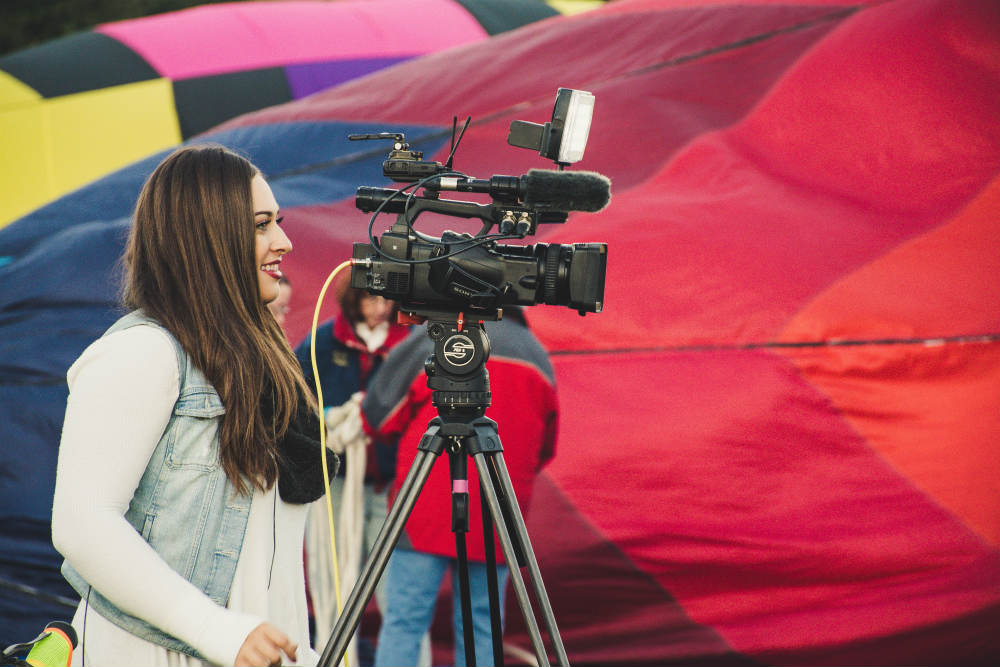
In 2018, consumers spent an average of 473 media minutes worldwide as per Statista. We could say that media plays a massive role in our lives as consumers. Due to this, companies compete for the best media coverage to put their product or service on a pedestal. To get journalists and reporters superb media coverage, companies must create a killer media kit. But what is a media kit? And why do companies exert the effort to produce it? Read on to find out the components of a media kit and some real-life examples from top brands.
What is a Media Kit?
If you’re wondering how else you can catapult your business to success, media coverage is a surefire method. But first, what is a media kit? Before uploading that media kit for all the world to see, we must define what it truly means.
A media kit, or also known as “press kit,” is a document that contains all information about your business, products, services, teams, and all other details relating to the company’s success. It is used as a public relations document for journalists or reporters who might want to do a story about your company.
So when should a company create press kits?
Media kits are purposely created whenever a company launches a product, service, or event. Companies may also develop press kits if they’ve reached certain milestones in their journey and want news coverage on it.
Before the age of technology, press kits came in print. However, the digital age has paved the way for easier media kit downloads. Now, they come in PDF files or email attachments. In some cases, press kits are also embedded in a company website.
Additionally, some companies do it the conventional way by sending a print media kit to a reporter. Typically, the press kit will come with a product sample so the reporter or journalist can try it out.
The most common media coverages are articles, interviews, or advertisements. Overall, a press kit aims to capture the journalist’s interest, so they make a story about your brand or product.
Elements of a Media Kit (With Media Kit Examples)
To captivate journalists with your media kit, it’s vital to know what details to include, so you take the guesswork out of the initial inquiry. Here are some press kit elements and press kit examples that should help you get started:
Company Info/Team Bio
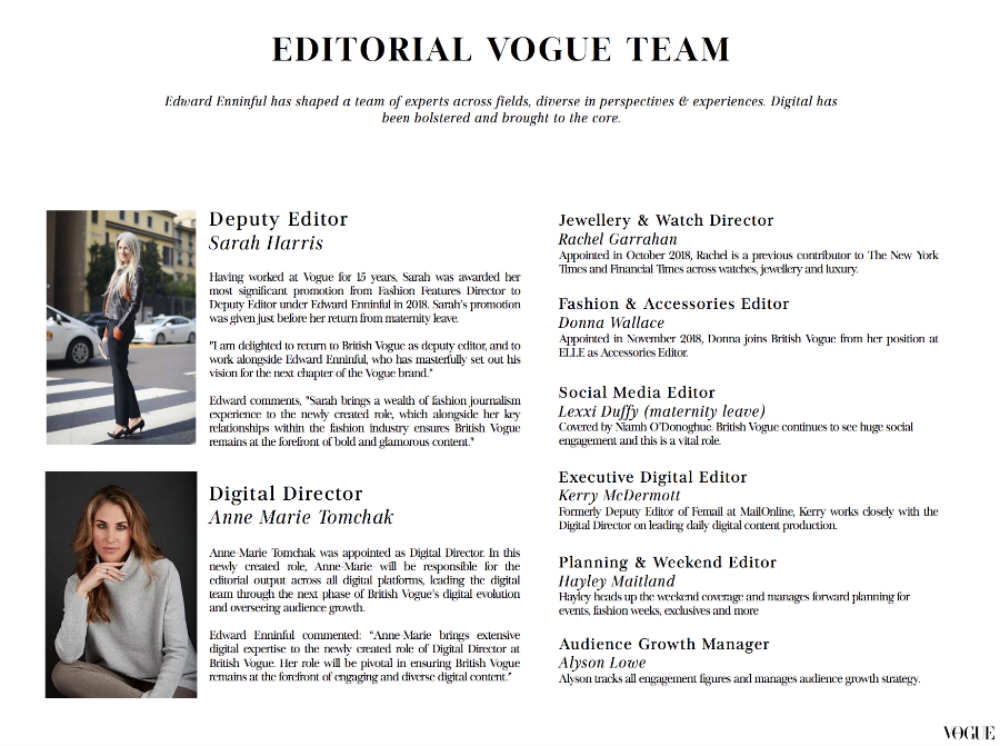
First is to hook journalists with a compelling paragraph about your company. Depending on the business type, you can also include the team behind your venture and include a brief bio on each. Here are British Vogue’s media kit bios for their editor and director.
Company Mission
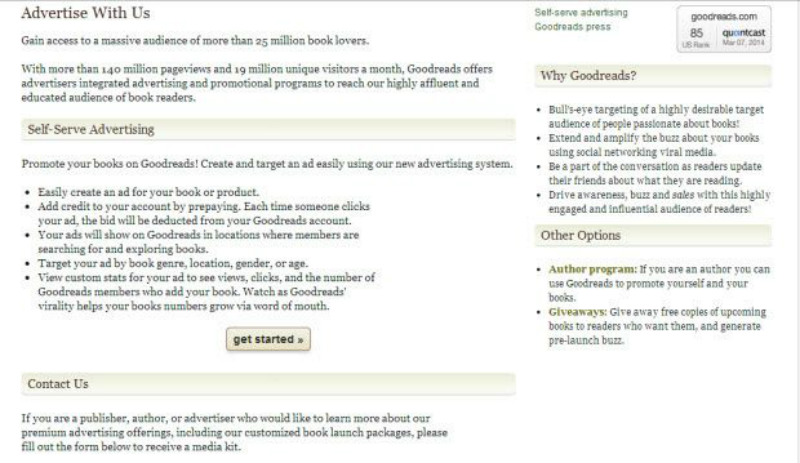
One way to resonate with journalists is through your company mission. Make sure you mention your mission, abilities, and vision for the future. Here’s what GoodReads did with theirs on one page, dividing it into several sections.
Images

Images are also essential to let journalists gauge brand quality. Excellent images mean your brand is meticulous to detail. Seattle Magazine not only includes its mission and team on its media kit. The company showcases some of its monthly issues with beautiful graphics.
Rates
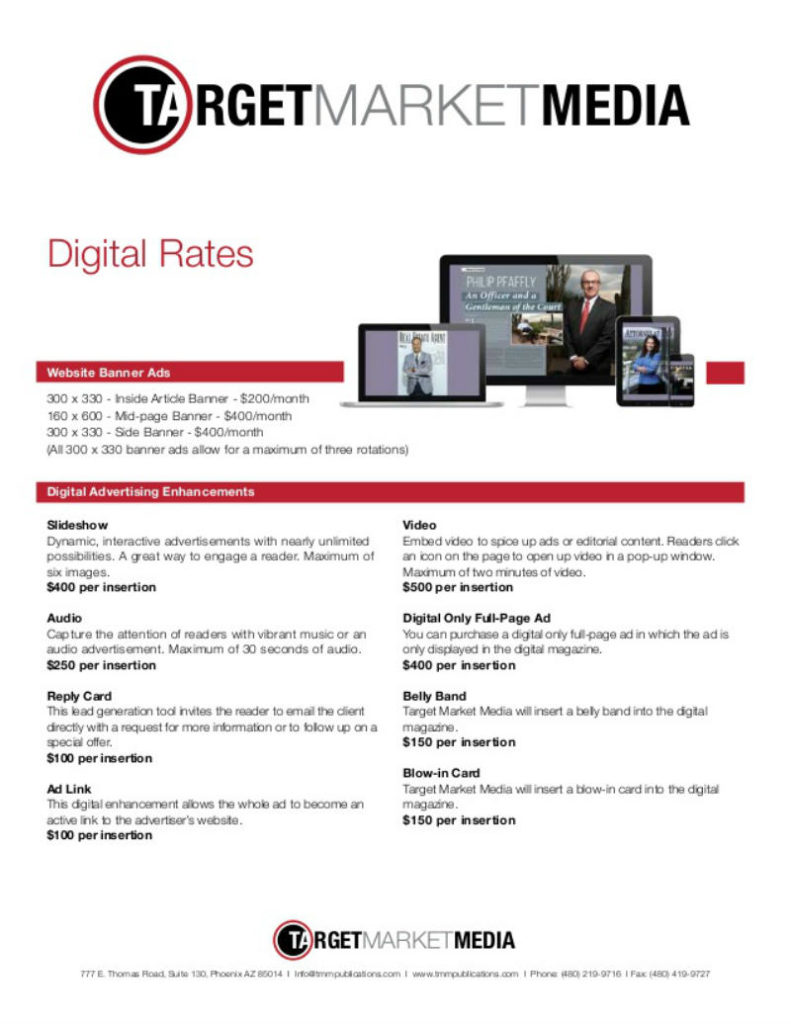
Being transparent with your product or service’s rates from the get-go will do more good than harm. It will allow journalists to gauge whether or not your product or service is worthy of the price or rate. Target Market Media is one of the best press kit examples that showcases the complete package rates on one page.
Website Traffic
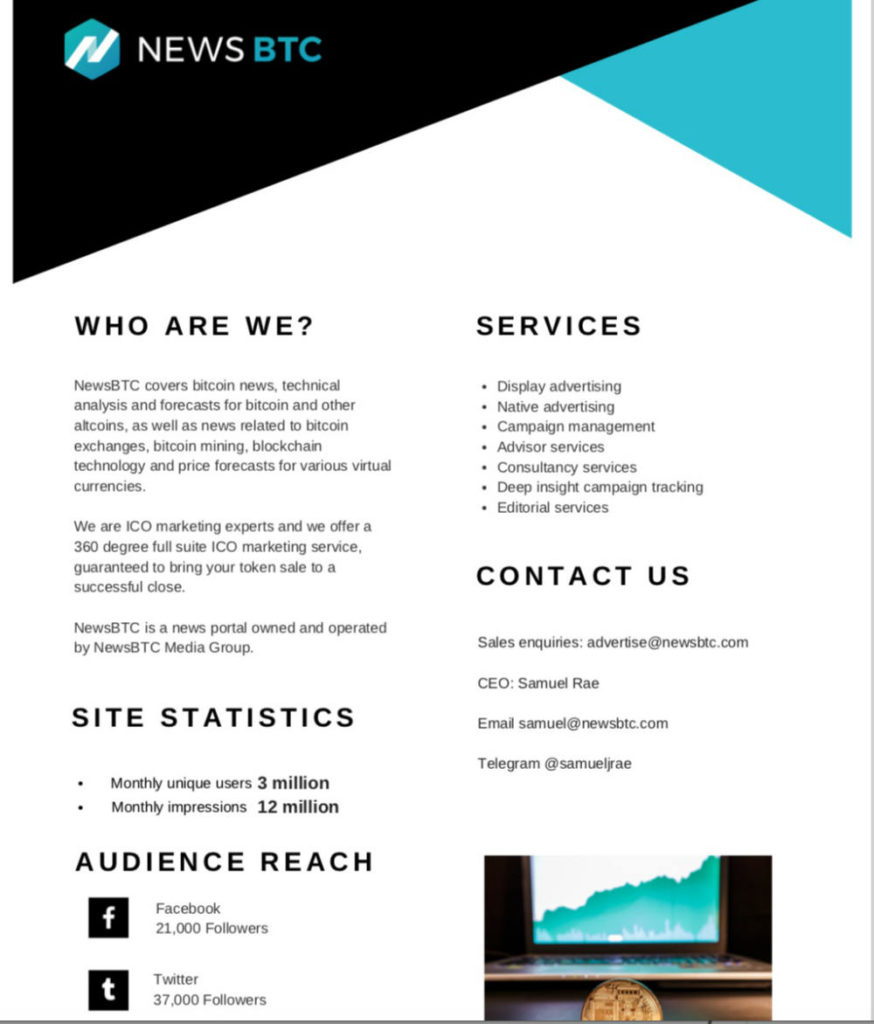
Most journalists would want to do a cover on a company that has a considerable following. The good thing about new-age digital marketing is that you can easily track your website visits, impressions, and whatnot. Including your monthly website traffic enables journalists to assess where your company is at. Check out this media kit example from News BTC.
Social Media Following
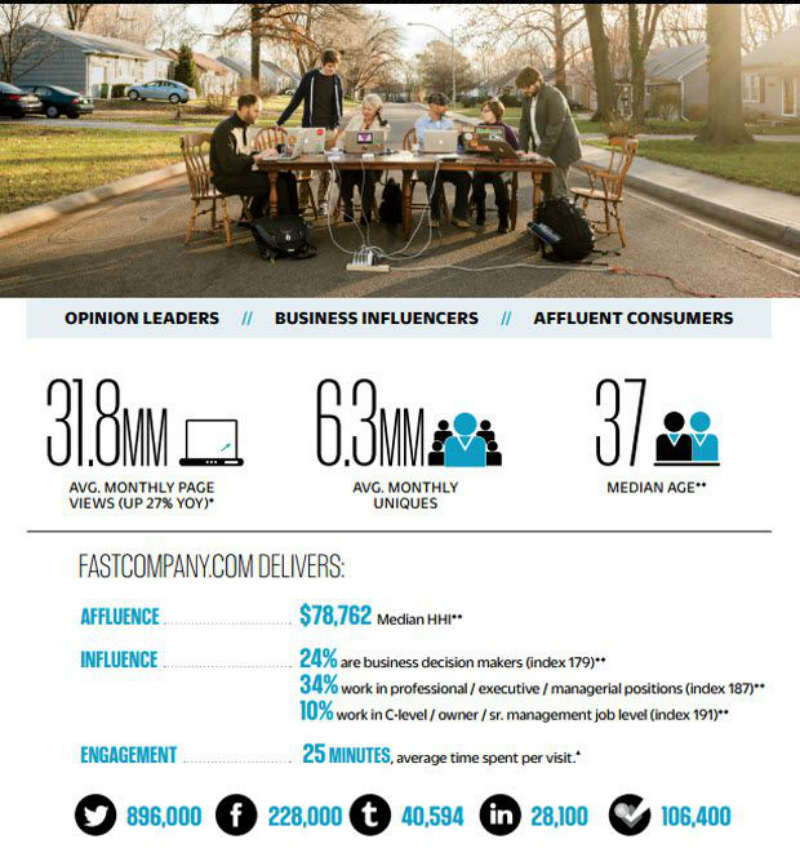
Another way to determine the size of your company is how extensive your social media following is. Make sure to include them on your press kits, just like what Fast Company did.
Social Proof

Media kits are excellent tools to put your company in the best light possible. And one way to do that is by including social proof. Take this Mashable media kit, for example.
Audience Demographics
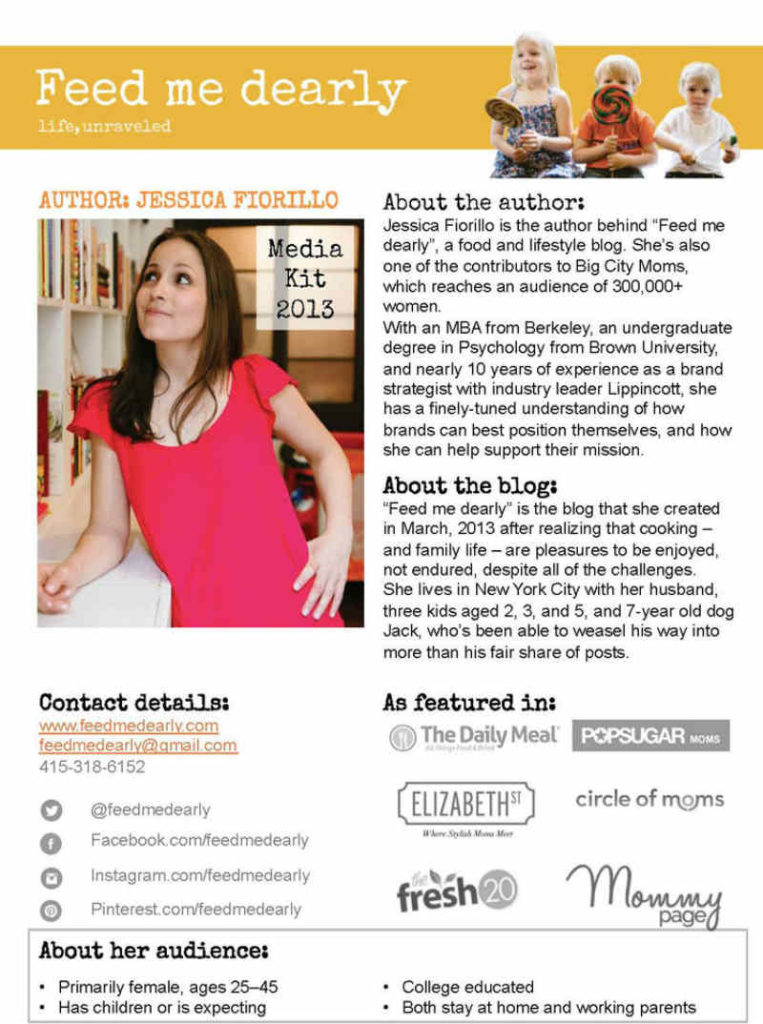
Showing audience demographics will allow journalists to see if your brand is a good fit for their network or newspaper. If both of you have similar demographics, chances are, they’ll also increase viewership or readership. Take a leaf out of Feed Me Dearly’s media kit.
Contact Details
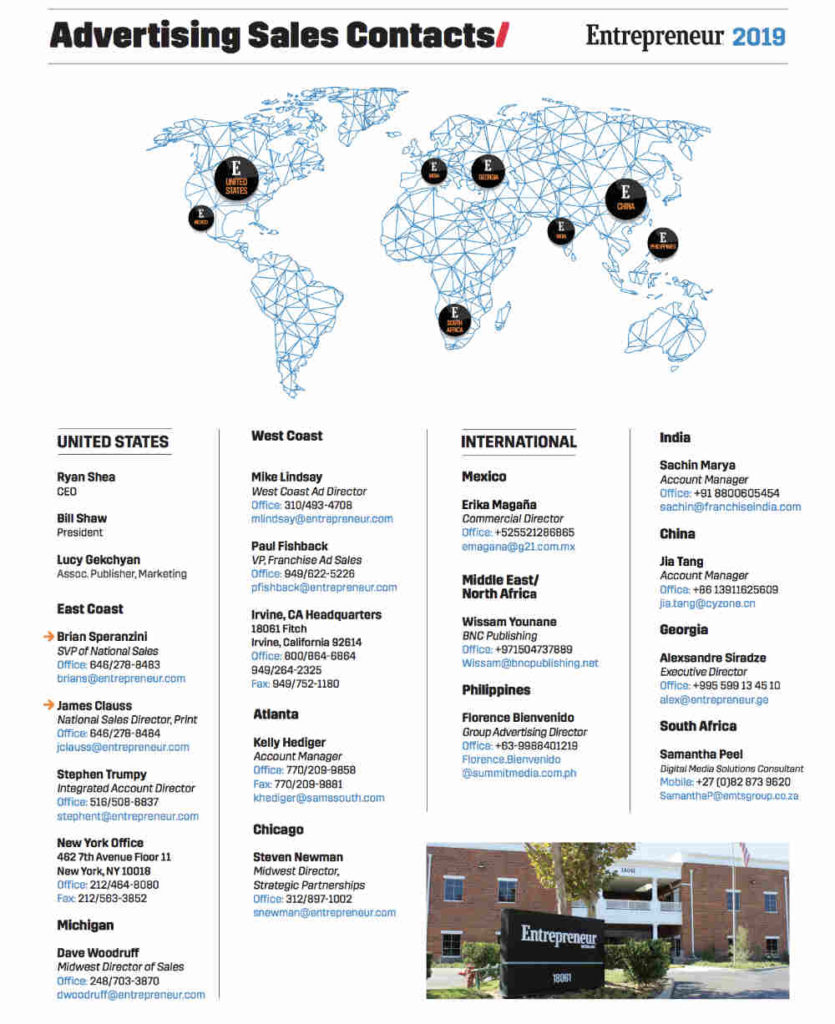
Of course, the most crucial of all information for journalists to schedule a meeting with you is the contact details. Ensure that you give them several options, including your landline number, mobile number, email, URL, and contact person. Take a cue from one of the most prominent American business magazines, Entrepreneur.
Why Companies Need Press Kits
There is a myriad of media kit advantages that most companies don’t realize. Here are four media kit benefits:
Great Communication Tool
Media kits carry all-encompassing information about your brand. This gives you control over how you want your audiences to view your company. Plus, including all essential information will prevent misinformation between you and the people involved.
Time-Efficient
A company press kit is excellent for answering questions customers or journalists might have about your product, service, or event. This saves you and your customer service representatives time in repetitive inquiries from people.
Promotes Products, Services, or Events Professionally
There is no doubt that press kits are considered very businesslike. It’s the perfect tool to promote your products or services. Likewise, it’s also an exhaustive document to explain about an upcoming event. Companies that provide press kits add professionalism to their brand image.
Increases Customers
If your press kits attract the right people in media, your coverage could boost sales faster than other marketing strategies.
Conclusion
Now that you know what a media kit is, it’s time to create one that will make groundbreaking progress for your brand. Likewise, never do media kits half-heartedly, or else, it won’t return favorable results. Ensure top-notch quality. Lastly, remember to include all these elements, so it moves mountains for your company.










